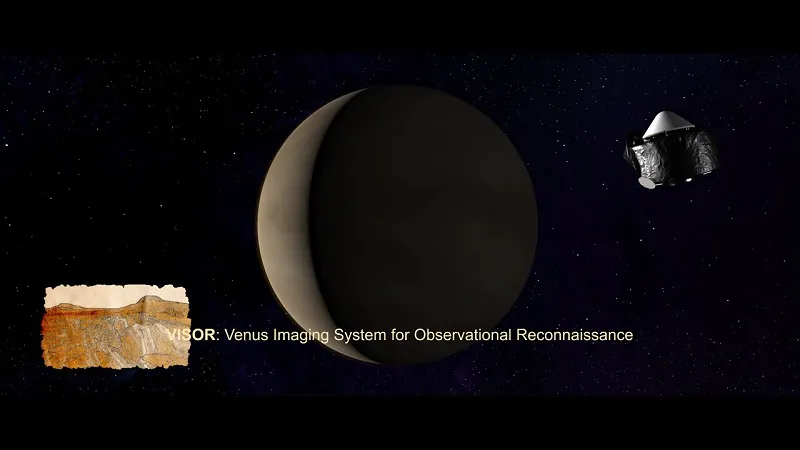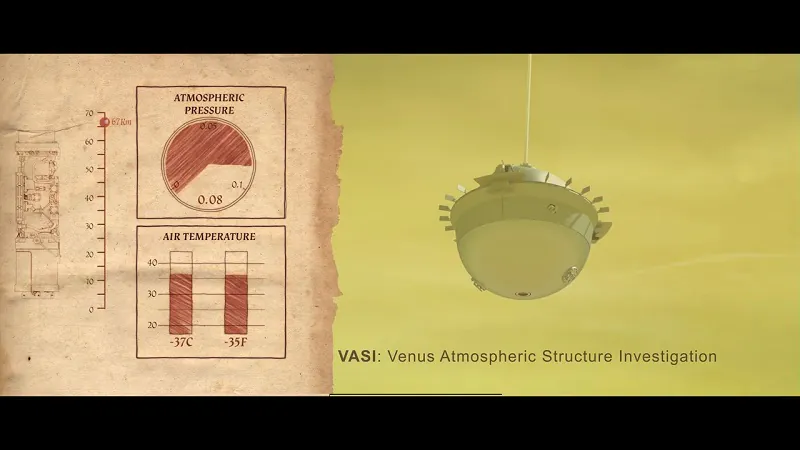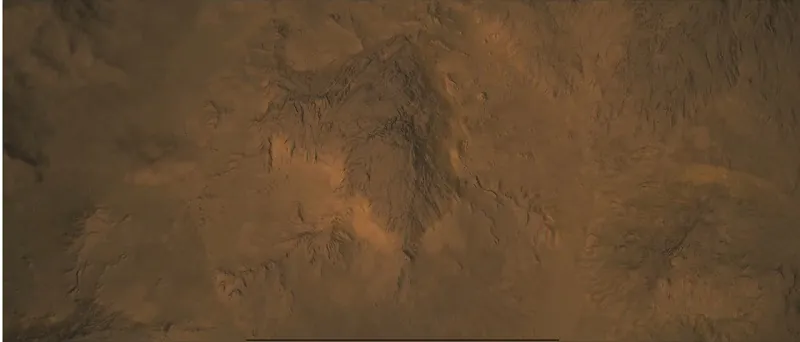© ROOT-NATION.com - Use of content is permitted with a backlink.
In 2029, after a long hiatus, NASA plans to launch a DAVINCI mission to Venus. Scientists plan to shed light on the mysterious and potentially possible life on the hot planet.
The last known NASA mission to Venus, Magellan, arrived on the planet in 1989 and completed scientific operations in 1994. Since then, the second planet to the sun has been bypassed by space missions. Understanding Venus will help scientists get a better idea of our own planet. Venus and Earth have started off similarly – the two planets have the same size, mass, and density. But today, Venus boasts a temperature of 471°C, with a thick, carbon dioxide-rich atmosphere that retains heat just like the greenhouse gases on Earth. It also boasts an eerie volcanic landscape. What could have happened in the early history of Venus that led to such cruel and inhospitable conditions? Now, the planet is an absolute antipode to the Earth.

“Venus’s atmosphere holds the chemical clues to understanding a whole host of aspects of that planet, including what its starting composition was and how its climate has evolved through time,” Paul Byrne, associate professor of Earth and Planetary Science at Washington University in St. Louis, who was not involved in the paper, wrote in an e-mail. “The DAVINCI team, in particular, is hoping to establish whether Venus really did have oceans of liquid water in its past, and if so when, and why, those oceans were lost.”

In order for the mission to succeed, the DAVINCI will have to cover 61 million km on the way to Venus. It will take the spacecraft about 6.5 months. Before entering the atmosphere, the spacecraft will make several orbits around the planet, analyzing the clouds, measuring the amount of ultraviolet radiation absorbed by the planet’s day side, as well as the amount of heat radiated from the night side of Venus, the speed of rotation.
About two years after launch, the DAVINCI probe, known as the Descent Sphere, will descend through the atmosphere of Venus and sample various gases on its way to the surface. A 1-meter-long probe will take an hour to descend. At the same time, as he moves down, he will experience serious loads in the form of high temperatures and pressures.

The probe is equipped with five instruments designed to measure and analyze the chemical composition and environment of the Venusian atmosphere. Hopefully, these tools will paint a better and deeper picture of the multilayered atmosphere of this planet. The probe will begin its interaction with the upper atmosphere of Venus when it reaches a height of 120 kilometers. As soon as it plunges under a thick layer of Venus clouds at an altitude of about 30.5 km above the surface, the probe will try to take hundreds of pictures. Clouds of Venus envelop the planet, hiding its surface from view, so these images will be exclusive.

If the probe survives landing, it will be able to work in the conditions of Venus for another 17-18 minutes, which is an optional condition, as all the necessary information must be collected and transmitted before it lands. Although Venus is not an ideal place to live today, scientists still want to find out if this planet was ever suitable for this.
You can also help Ukraine fight with Russian occupants via Savelife or via an official page of the National Bank of Ukraine.
Read also:
- NASA’s MAVEN mission gets back to research and operations
- NASA has selected companies to create new space suits


